SUMMARY
This is AI generated summarization, which may have errors. For context, always refer to the full article.
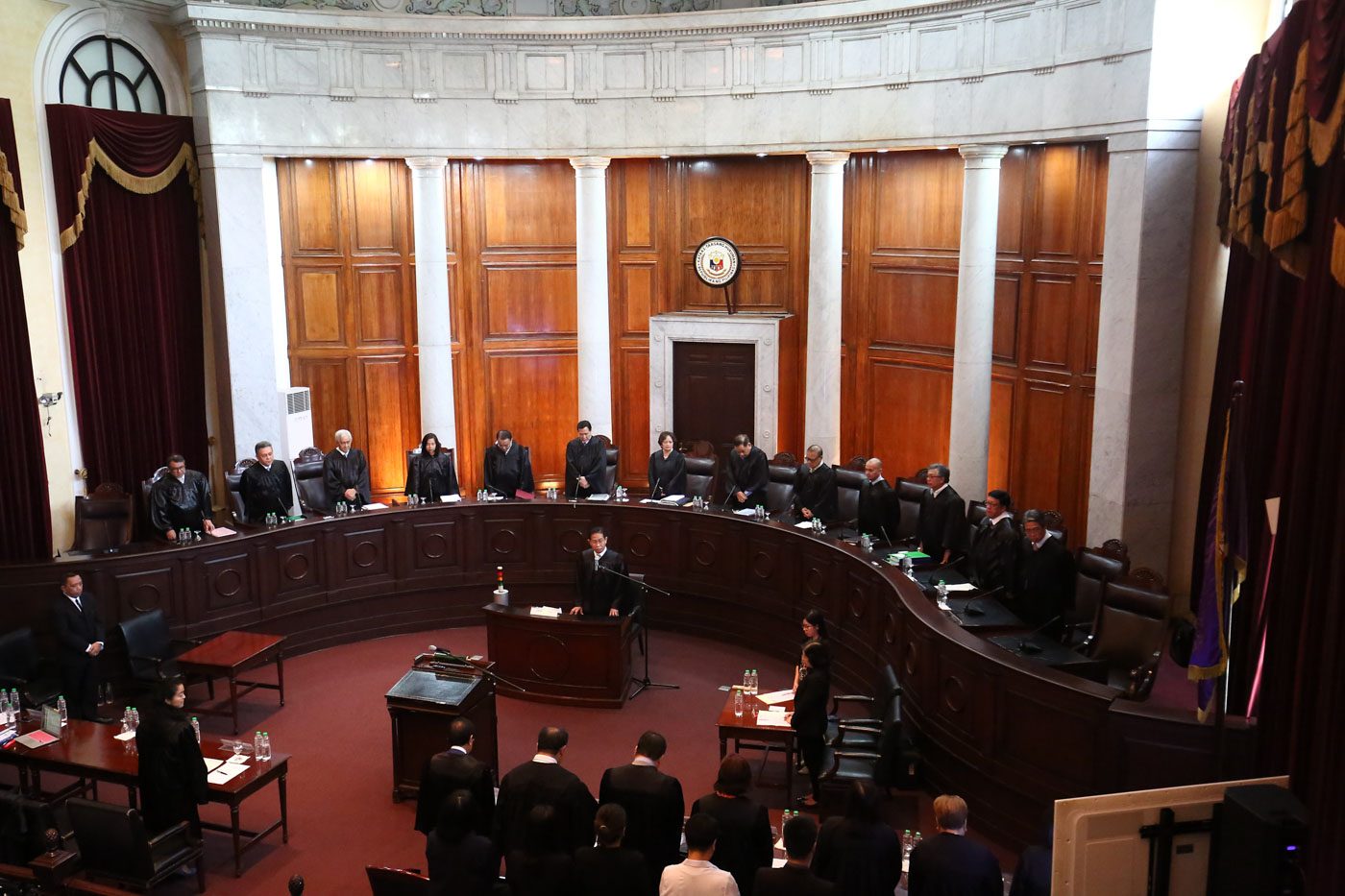
The Supreme Court under President Rodrigo Duterte faces a juncture in the history of Philippine democracy – will it be a Court remembered fondly for protecting freedoms or would a future Court spend its initial years dismantling its rulings?
“We were lucky in the post-EDSA revolution when time and again they were dismantling jurisprudence of the Marcos court and maybe in the future we’ll have another court to dismantle the jurisprudence of the past 10 years,” law professor Tony La Viña told Rappler’s Law of Duterte Land Podcast.
“I’m sure they know history will judge them, that is a given,” said La Viña.
The Supreme Court is currently deliberating on 37 petitions seeking to void Duterte’s feared anti-terror law, described by the best lawyers as setting our freedoms back, not just to Marcos’ Martial Law era, but even as far back as the Malolos Constitution of 1899, as passionately argued by Representative Edcel Lagman during oral arguments at the High Court.
In a latest pleading, filed jointly by the 37 groups, petitioners asked for an immediate injunction against the law using an Arroyo-time landmark free speech ruling on Chavez vs Gonzales: “‘A blow too soon struck for freedom is preferred than a blow too late.”
The Marcos High Court
One of the most reviled decisions of the Supreme Court under the dictator Ferdinand Marcos was the 1973 case Javellana vs Executive Secretary, where the High Court upheld the railroaded 1973 Constitution.
In that case, a majority of 6 justices believed the 1973 Constitution was not validly ratified. Voting on another issue, 4 justices voted that the new Constitution was already in force because the people accepted it through Marcos’ hastily called citizens assemblies, while 4 did not vote, saying they cannot have judicial certainty if people had indeed accepted it.
Decisively, a majority of 6 voted to dismiss the petitions seeking to void the 1973 Constitution. Justices Querube Makalintal and Fred Ruiz Castro, despite being among the 4 who did not vote on whether the new Constitution was in force, joined the majority of 6 to dismiss the petitions.
“This being the vote of the majority, there is no further judicial obstacle to the new Constitution being considered in force and effect,” said the final ruling.
The 1973 Constitution gave birth to the feared Arrest, Search and Seizure Orders (ASSOs), which authorized executive officials to issue warrants of arrest – the same power now given by the anti-terror law to Cabinet members.
When opposition members were detained without charges during Marcos’ Martial Law, they ran to the Supreme Court with questions – was Martial Law valid? Was the privilege of the writ of habeas corpus automatically suspended? (The privilege of habeas corpus affords citizens the right to due process before they can be detained.)
The Supreme Court could not arrive at a definitive answer. Justices decided to dismiss all petitions.
Post-EDSA Court
Then the peaceful revolution happened in 1986, a 4-day demonstration that ended on this day 35 years ago, on February 25.
The 1987 Constitution cured the ills of Marcos’ martial law, removing ASSOs, and limiting the power of the executive, including the power to declare martial law, so that the country doesn’t backslide to a similar dictatorship.
The case Ponsica vs Ignalaga in 1987 removed the power from mayors to issue search and arrest warrants, reiterating the 1987 Bill of Rights. Presidential Anti-Dollar Salting Task Force vs Court of Appeals in 1989 said even public prosecutors have no such power. Salazar vs Achacoso in 1990 cemented that only judges can issue search and arrest warrants.
Duterte’s anti-terror law gave this powers back to the anti-terror council, headed by the executive secretary – Salvador Medialdea in this government – with the other cabinet secretaries as members.
Arroyo Court
Even when the Supreme Court was packed with her appointees, the High Court still handed down rulings against former president Gloria Macapagal Arroyo.
There was David vs Arroyo in 2006 where the Court, among other things, declared unconstitutional the warrantless search of the offices of the Daily Tribune. The search was made in the context of Arroyo’s Proclamation 1017 that put the country under national emergency, but which was seen to target dissent. Parts of Proclamation 1017 were declared unconstitutional in David vs Arroyo.
There was Lambino vs Comelec, also in 2006, where the Supreme Court killed attempts by Arroyo-allied groups to amend the Constitution.
There was Chavez vs Gonzales in 2008 that solidified the high protection for a free press, when it declared unconstitutional the warnings of the government against publishing the Hello Garci tapes.
Duterte Court
As Duterte filled in many seats in the Supreme Court, the wins kept coming for his government. (PODCAST: Law of Duterte Land: War on the Law – Supreme Court)
The Supreme Court’s decisions upholding his martial law in Mindanao, according to critics, are Marcos-like martial law “ad infinitum” and “a tragic repeat of 1972.”
In those cases, as well as in the other questions on executive actions, the President’s discretionary powers were upheld, the latest being, when and how to tell the public about the state of his health.
La Viña said that while these cases are low points, there are victories under Duterte worth celebrating, like the recent People vs Sapla, an 11-3 decision in June 2020, ruling that an anonymous tip was not a valid cause to search a moving vehicle of a person supposedly carrying illegal drugs.
It made a strong statement against violation of consitutional rights in the war on drugs, but even drug war critics cautioned against high hopes that the decision would have concrete impacts on how Duterte’s bloody campaign is carried out.
“People vs Sapla, as far as I’m concerned, was not a little victory because it’s a true advance, it settled an issue which was not settled before,” said La Viña.
When Duterte steps down in 2022, only two justices who are not his appointees will remain.
With many high-stakes Duterte-interest cases still pending, like the drug war and especially the anti-terror law, how would the Supreme Court act? This is something that needs keeping a close watch on. – Rappler.com
Add a comment
How does this make you feel?

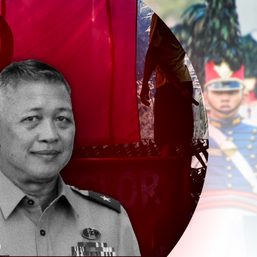
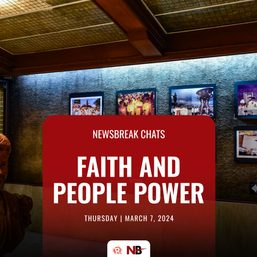
![[Bodymind] Forgiveness, Enrile, and Bongbong Marcos Jr.](https://www.rappler.com/tachyon/2024/03/forgiveness-enrile-bongbong-march-6-2024.jpg?resize=257%2C257&crop=411px%2C0px%2C1080px%2C1080px)
![[Vantage Point] Father and daughter caught in a vise of geopolitics](https://www.rappler.com/tachyon/2024/03/tl-father-daughter-geopolitics.jpg?resize=257%2C257&crop_strategy=attention)
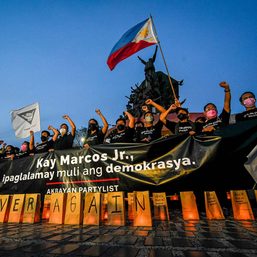
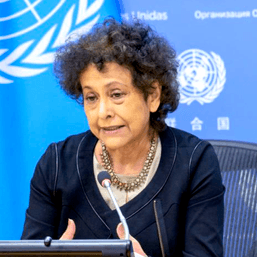
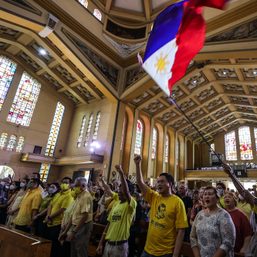
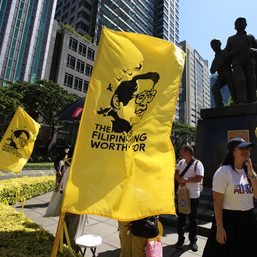
There are no comments yet. Add your comment to start the conversation.